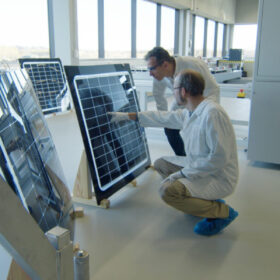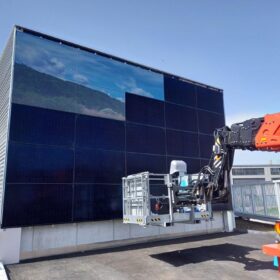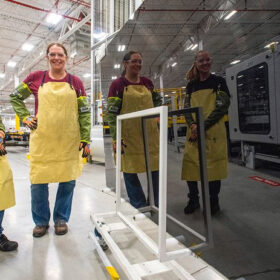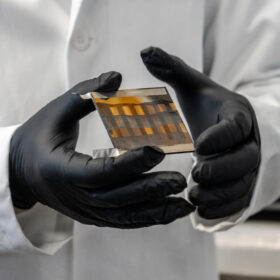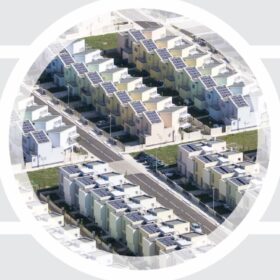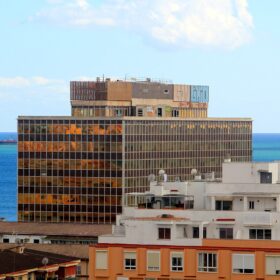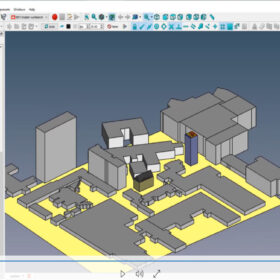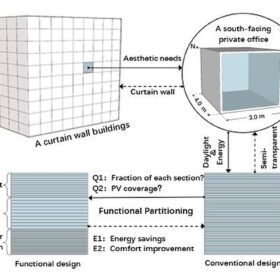Imec integrates silicon heterojunction solar cells into curved surfaces
Imec has successfully integrated silicon heterojunction PV cells into curved surfaces, resulting in a 6% efficiency increase compared to passivated emitter and rear contact (PERC) half cells. The cells are suitable for applications in vehicle-integrated and building-integrated PV (BIPV).
Swiss startup develops adhesive film to create PV billboards
A Swiss company has developed adhesive film that can be applied on solar panels to make them more aesthetically appealing. The film reduces electricity production by between 10% and 30%, but income from advertising could offset such losses.
Weekend Read: The fruitful search for other thin films
First Solar and its cadmium telluride (CdTe) technology dominate thin-film solar in the mainstream market. Valerie Thompson looks at the US-based business and the future of thin-film PV technology.
Commercial perovskites imminent
Andries Wantenaar, a solar analyst at Rethink Energy, explains why he sees a bright future for perovskite PV cells, with technological advancements and major R&D investment paving the way for revolutionary change.
Strategies to develop ‘solar neighborhoods’
A group of scientists across the world have created a list of recommendations that can help create solar neighborhoods. In a recently published study they highlight the importance of legislative frameworks and advanced computing.
Swiss 3S introduces new half-cell BIPV modules
Swiss 3S, the Switzerland-based manufacturer, is offering the new half-cell BIPV module in four sizes, ranging from 24 half-cells to 48 half-cells. The rated output is up to 225 W.
The impact of BIPV in high rise buildings
Scientists from Spain have outlined several scenarios for developing building-integrated PV solutions in a case study building in Palma de Mallorca. Their economic analysis stressed the importance of electricity pricing schemes for the viability of BIPV projects in the Mediterranean area.
New software tool unlocks BIPV design
RMIT University in Australia has developed new software that integrates product, regulation, technical, economic, and construction data. It helps architects and engineers to estimate the cost of building-integrated photovoltaics (BIPV) during the conceptual design phase.
Coating metallic ribbons for aesthetic implementation of BIPV
Researchers in Switzerland have looked into three kinds of black ink coating for metallic ribbons used in PV modules. They have compared their visual stability and their effect on electrical performance.
New design for vacuum integrated photovoltaic curtain walls
Scientists in China have outlined a new system architecture for vacuum integrated photovoltaic (VPV) curtain walls. They claim the new design can reduce building energy consumption and yield more surplus power generation electricity.
